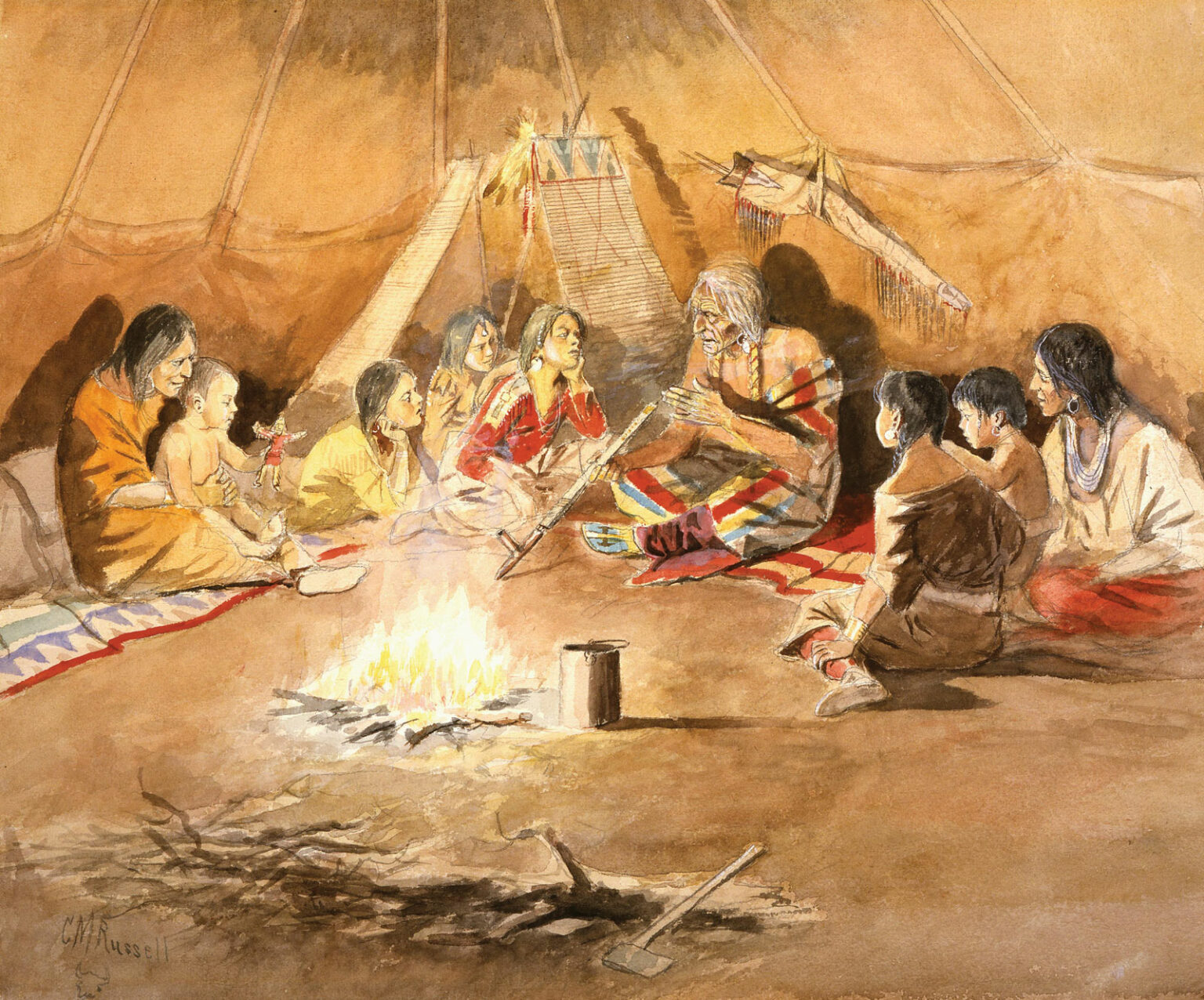The Unwritten Tapestry: Exploring the Immense Legacy of Aboriginal Storytelling
The Unwritten Tapestry: Exploring the Immense Legacy of Aboriginal Storytelling

The vast and ancient landscapes of Australia are not only home to diverse flora and fauna, but also to a rich and vibrant cultural heritage that has been passed down through generations for tens of thousands of years. This heritage is deeply intertwined with the stories of the Aboriginal people, a collection of narratives that encapsulate their understanding of the world, their connection to the land, and their intricate social structures.
However, unlike the written traditions of many other cultures, Aboriginal storytelling has primarily been an oral tradition. This raises a crucial question: How many traditional stories did the Aboriginal people write? The answer, in its simplest form, is none.
Related Articles: The Unwritten Tapestry: Exploring the Immense Legacy of Aboriginal Storytelling
- Unveiling The Stories: A Journey Into The World Of Aboriginal Art Masks
- Embracing Tradition: A Guide To Beautiful Aboriginal Girl Names
- Do Native Bees Have Stingers? Unraveling The Buzzworthy Truth
- The Enigma Of Tamil In Australia: Unraveling The Threads Of Linguistic History
- Unfurling The Colors Of Indigenous Australia: A Deep Dive Into The Aboriginal Flag
The Aboriginal people did not develop a written language system in the same way that many other cultures did. Their stories were passed down through generations through word of mouth, embodied in songs, dances, rituals, and art. This oral tradition was a powerful tool for preserving knowledge, connecting people to their ancestors, and fostering a deep understanding of their environment.
The Power of Oral Tradition
Oral storytelling played a vital role in Aboriginal society. It was not merely a form of entertainment, but a fundamental aspect of their culture, serving several essential functions:
- Preserving History and Knowledge: Stories served as a historical record, documenting the origins of the land, the creation of the universe, the journeys of ancestral beings, and the social laws governing their communities.
- Teaching Values and Morality: Through stories, generations learned about proper conduct, respect for elders, and the importance of community. They provided guidance on ethical behavior, social responsibility, and ecological awareness.
- Connecting to the Land: Stories established a deep connection to the land, linking people to specific locations, explaining natural phenomena, and revealing the spiritual significance of various landscapes.
- Strengthening Community Bonds: Storytelling fostered a sense of shared identity and belonging, strengthening social bonds within the community. It provided a platform for cultural transmission and ensured the continuity of traditions.

The Immensity of the Legacy
The vastness of the Aboriginal storytelling tradition is truly astounding. Each language group, and often each clan within a language group, possessed a unique collection of stories, songs, and dances. These narratives covered a wide range of topics, from creation myths and ancestral journeys to hunting techniques, medicinal practices, and social protocols.
The Challenges of Quantification
While it is impossible to quantify the exact number of stories that have been passed down through the generations, the sheer volume is undeniable. The diversity of languages and cultural groups across Australia, coupled with the oral nature of the tradition, makes it impossible to compile a complete inventory.

The Impact of Colonization
The arrival of Europeans in Australia had a devastating impact on Aboriginal culture, including their storytelling traditions. The forced removal of children from their families, the suppression of languages, and the disruption of social structures led to a significant loss of knowledge. Many stories were lost or forgotten, and the transmission of traditional knowledge was interrupted.
The Ongoing Efforts of Preservation
Despite the challenges, there is a growing movement to preserve and revitalize Aboriginal storytelling. Elders and cultural practitioners are working tirelessly to document, share, and teach their stories to younger generations. The use of modern technology, such as audio and video recordings, is helping to ensure the longevity of this precious cultural heritage.
The Importance of Recognizing the Unwritten Tapestry

It is crucial to recognize that the absence of a written language does not diminish the value or significance of Aboriginal storytelling. The oral tradition is a testament to the resilience, ingenuity, and wisdom of the Aboriginal people. Their stories offer a unique perspective on the world, enriching our understanding of human history, culture, and the environment.
Moving Forward
The challenge moving forward is to ensure that Aboriginal stories are not only preserved but also celebrated and shared widely. This requires a commitment to understanding the complexities of Aboriginal culture, recognizing the importance of oral tradition, and supporting the efforts of elders and cultural practitioners in their work of revitalizing and sharing their stories.
FAQ: How Many Traditional Stories Did the Aboriginal People Write?
Q: Did the Aboriginal people write down their stories?
A: No, the Aboriginal people did not develop a written language system in the same way that many other cultures did. Their stories were passed down through generations through word of mouth, embodied in songs, dances, rituals, and art.
Q: How many stories are there in total?
A: It is impossible to quantify the exact number of stories that have been passed down through the generations. The diversity of languages and cultural groups across Australia, coupled with the oral nature of the tradition, makes it impossible to compile a complete inventory.
Q: How can we learn about these stories?
A: There are many ways to learn about Aboriginal stories:
- Attend cultural events and performances: Many Aboriginal communities host cultural events and performances that showcase traditional storytelling, dance, and music.
- Visit museums and art galleries: Museums and art galleries often feature exhibits that explore Aboriginal culture and storytelling.
- Read books and articles: There are many books and articles written by Aboriginal authors and researchers that delve into the world of Aboriginal storytelling.
- Connect with elders and cultural practitioners: Many Aboriginal elders and cultural practitioners are willing to share their stories and knowledge with those who are interested in learning.
Q: Why is it important to preserve Aboriginal storytelling?
A: Aboriginal storytelling is a vital part of their cultural heritage and plays a crucial role in preserving their knowledge, values, and connection to the land. It is essential to preserve these stories for future generations and to recognize the immense contribution they make to Australian culture and history.
Conclusion
The Aboriginal storytelling tradition is a testament to the enduring power of oral tradition. It is a rich and complex tapestry of knowledge, wisdom, and creativity that continues to inspire and inform us today. While we may never know the exact number of stories that have been passed down through the generations, the sheer volume and diversity of this legacy are undeniable. By embracing and supporting the efforts to preserve and revitalize Aboriginal storytelling, we can ensure that these powerful narratives continue to shape our understanding of the world and our place within it.

Closure
Thus, we hope this article has provided valuable insights into The Unwritten Tapestry: Exploring the Immense Legacy of Aboriginal Storytelling. We hope you find this article informative and beneficial. See you in our next article!